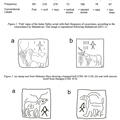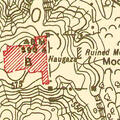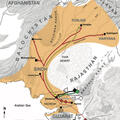The Origins of the Indus Civilization
As Dr. Rafique Mughal leads the first major excavation at the site of Ganweriwala in the Cholistan desert – an exceptionally exciting development in ancient Indus archaeology – it is well worth reviewing his earlier papers, many of which were published in Pakistani archaeological journals forty or more years ago.





























